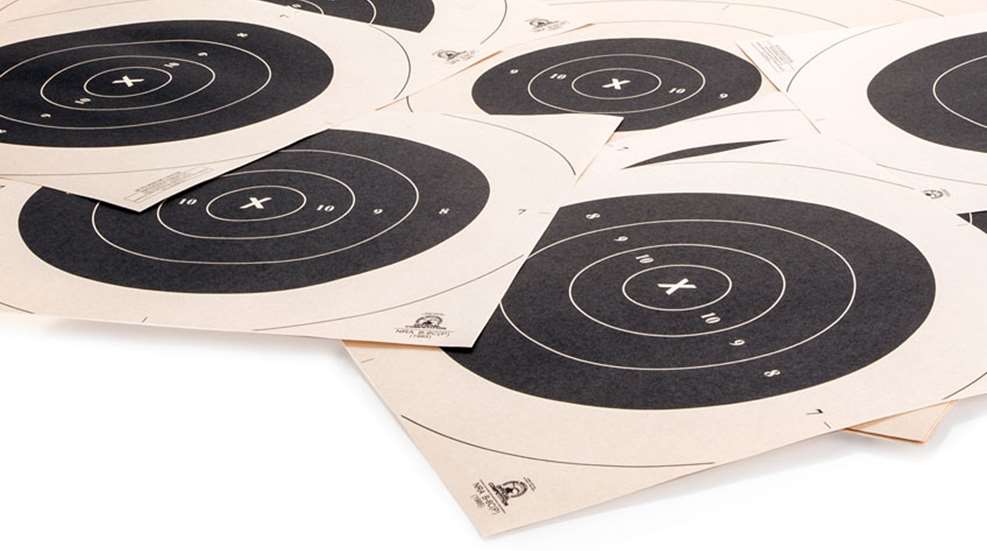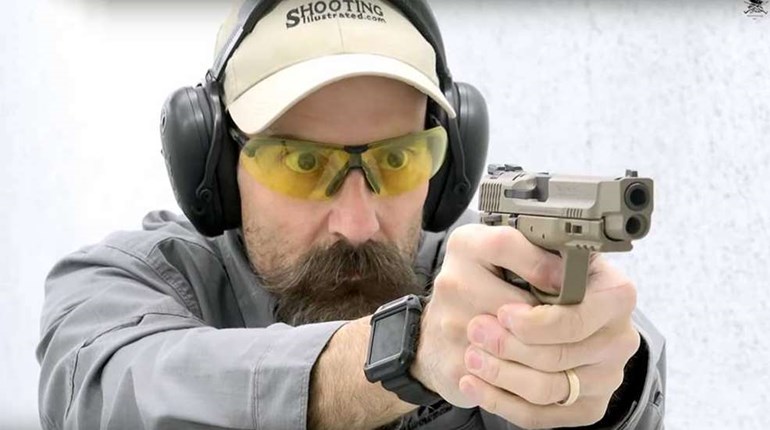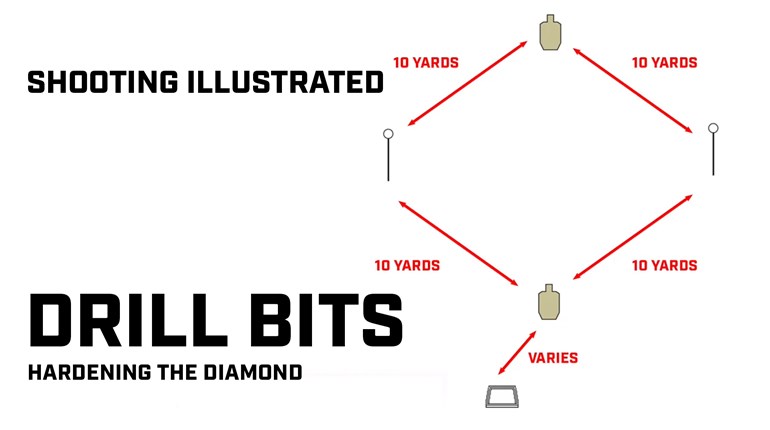
Hard skills such as martial arts, driving, shooting, etc. require a certain amount of eye-hand coordination, physical conditioning and mental focus. To get better at any hard skill requires a time and effort commitment above and beyond that of a dilettante.
In addition to the time and effort commitment, we shooters incur the additional cost of ammunition and range fees. The equation for greater shooting skills comprises time plus effort plus finances. How can we optimize the expenditure of such limited resources in developing our skills to become better shooters? The answer can be found in a streamline approach to technical skill building; the leaner, the better.
The very foundation of skill building are the fundamentals of shooting to include basic gun handling and marksmanship skills. Your ability to stabilize the gun long enough to manage fire control without disturbing alignment is the basic shooting process. If you cannot accomplish this fundamental task without being held to either a time or an accuracy standard, then there’s really no use in moving forward.
After acquiring the fundamental skills of shooting it’s important to increase your understanding of what you’re trying to do. What does “being a better shooter” mean to you? Does it mean that you’re looking to be more accurate? Or faster? Or both faster and more accurate? If so, then compared to what? Are you holding yourself to a self-made standard or are you setting your sights on a recognized industry standard? Either way you need to define the start and end points of what you want to reach.
If you don’t know where you are starting from or where you want to go then it’s impossible to plot a travel route. What are your current capabilities? What can you do now? Once you know this, then you can decide on the next set of standards you’d like to reach. However, when setting your goals it’s important that they be both challenging and attainable.
A goal set too low doesn’t really buy you much progress whereas an unattainable goal can crush your soul because try as you may you’ll never reach it.
Once you’ve acknowledge where you are at this moment – something you can repeat at least five times (start point) and have set your challenging but attainable goal (end point) you may then plot a streamline course from start to finish.
Give Me Three Steps, Mister
The three steps that will bring yourself closer to that finish line included establishing a routine, breaking the skill down to its subcomponent parts and then building it back up again.
Let’s say your handgun-presentation-skill measurements from the holster are two round A-box (center of designated target area) hits in three seconds from the ten-yard line and you can perform this on demand about 80 percent of the time. OK, great start. You want to lose one second from your overall time and you feel this is an attainable goal.
Subcomponents of that task are the draw from the holster and the time between breaking each shot. Given the above, you isolate the draw and work on quicker mechanical movement to rapidly establish grip and stability. You run this drill until you observe measurable improvement.
One Thing At A Time
Moving on to the next drill you may want to start with your muzzle aimed in at the target and deliver two rounds to the visual center of that A-box. The more repetitions you get the more you observe exactly how the gun is behaving and you can shave off a tenth of a second here and a tenth of a second there by adjusting your control.
Upon completing the draw and the breaks in between, you then run a third drill, which puts all the pieces back together – something like starting with your hand on the gun, present the firearm and deliver two rounds center mass holding yourself to stringent time and accuracy standards.
Bring It All Together
Over time running the three drills and then sewing them all back together you notice that your control has improved, affording you repeatability and near or exactly meeting those original standards – your attainable goal.
You may experience three skill levels within your repeatability. At the lowest level, you perform well within your comfort zone and as such you can accomplish the task on a warm sunny day out on the range all alone with bluebirds chirping and big white fluffy clouds in the background. You’re met with success about 85 to 90 percent of the time.
Next level up is to hold yourself accountable to a set time and accuracy requirement just outside your comfort zone at the very edge of your skills envelope. Although a bit uncomfortable, you are met with success this time maybe 60 to 70 percent of the time.
Take It To The Next Level
The last and final level is unfamiliar, uncomfortable and with very low confidence in your performance ability at this level you can barely pull it off maybe 30 to 40 percent of the time. It’s a lower success rate than the other two levels but it is observable and can be recorded.
What does pushing your skills up around the upper levels accomplish? If you’re going past the skill level you need to meet a specific standard, then congratulations! You have developed what red-dot instructor Scott Jedlinsky of Modern Samurai Project calls “a surplus of skill” and you simply fall back to your default performance which should always be upwardly mobile based on your current training level.
Depending upon your time and training commitment you may have reached a point where you have become familiar, comfortable, confident and can repeat it about five times in a row. To meet that attainable goal, you have set for yourself means that you must develop a surplus of skill that you can fall back on even when you’re having a down day.





































